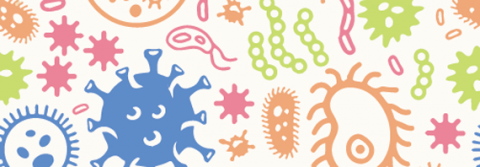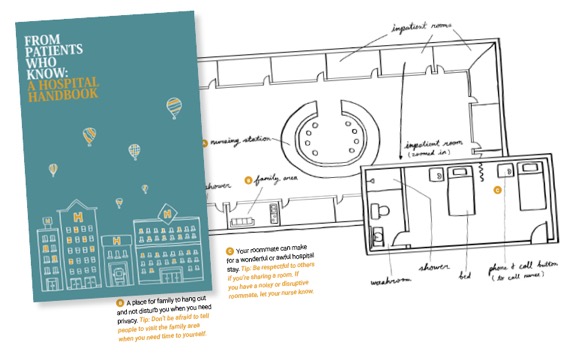What would I change?
- Some headings and figure labels are set in a cursive (handwriting) font that could be hard for readers to decipher, especially if English is not their first language or if they struggle to read text. For example, see the heading "How to be a good advocate" on page 8, and the labels on pages 20-21. I would switch to a more readable font.
- I question the assumption that “as we age, it becomes increasingly important to bring a family member or friend along” to medical appointments (page 8). It’s helpful for patients of any age to have a well-informed ally. Relating the need to the patient’s age might cause some readers to resist rather than embrace the idea. Better to emphasize the positive message and beware of unconscious bias.
- Look for every opportunity to explain the jargon that readers are likely to encounter. For example, it’s great that “Levels of Urgency” are clearly described on page 14, but it would be handy to note that hospital staff call this “triage”—and to include a pronunciation guide. This will prepare readers to understand the label “triage nurse” on page 18, and to recognize the term when they hear or see it at the hospital.
As a lover of plain language, I love, love, love “The Language of Hospitals” (pages 23-28). Check out the definitions. They brilliantly illustrate how even “plain” words can be misunderstood, and how important it is to check assumptions and invite your target audience to ask clarifying questions. To that end, I would highlight the message on page 23 that says “if there is something you don’t understand, don’t be afraid to ask for a better explanation.” To drive home the point, I would reframe it in the positive: “If there is anything you don’t understand, ask what it means. Be brave.”
It’s hard for non-experts to feel brave and curious when faced with specialized information in an unfamiliar environment. Bravo to the OpenLab team and to their contributors at OASIS for showing how clear communication can work.
Thank you to project lead, Tai Huynh, for responding quickly and cheerfully to my email request for printed copies of the handbook. Copies are available from OpenLab at $15 CAD, including shipping.
And thank you to my friend Audrey, who sent the link that inspired this post. Sharing Rocks!
From Patients Who Know: A Hospital Handbook. Pass it on.

